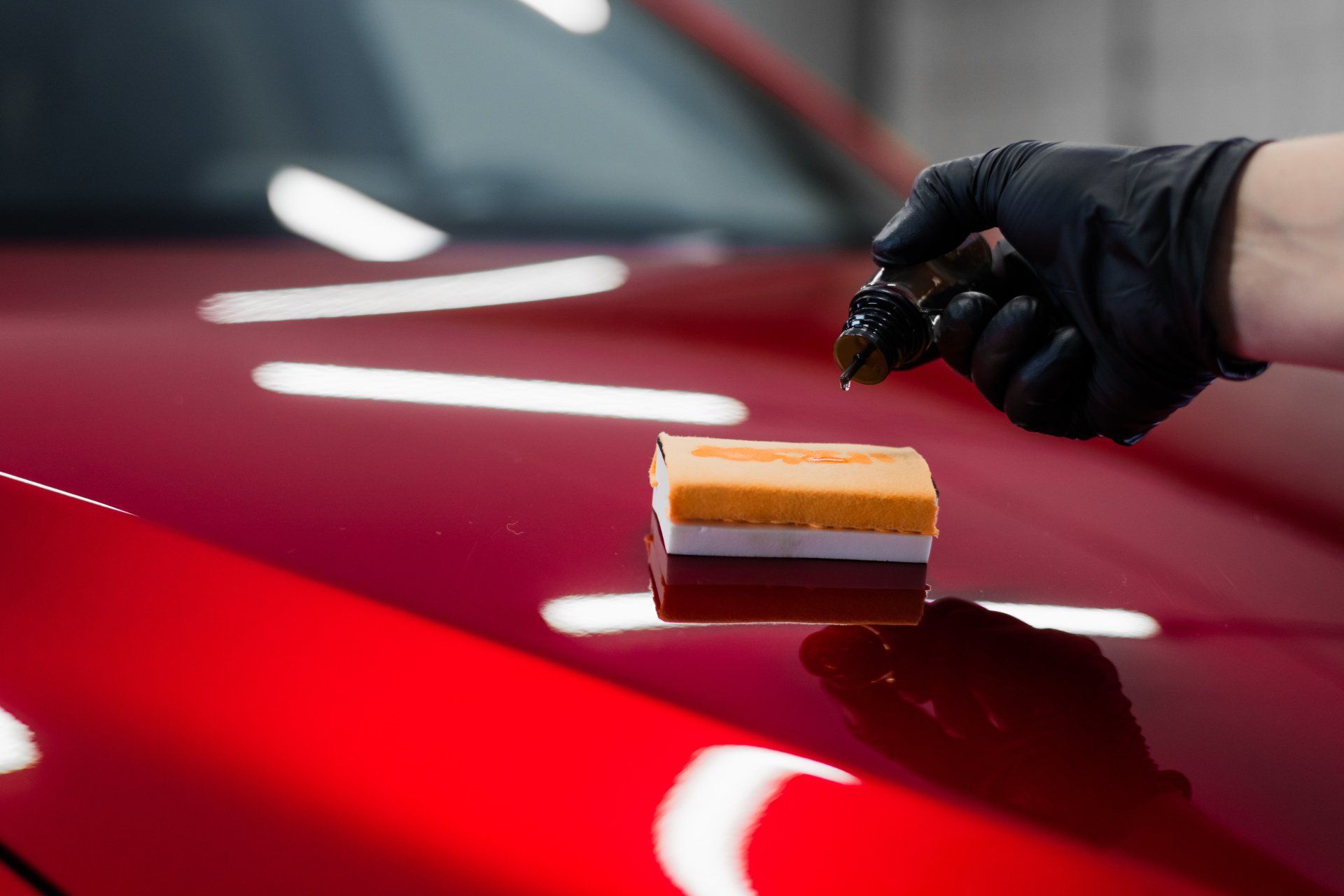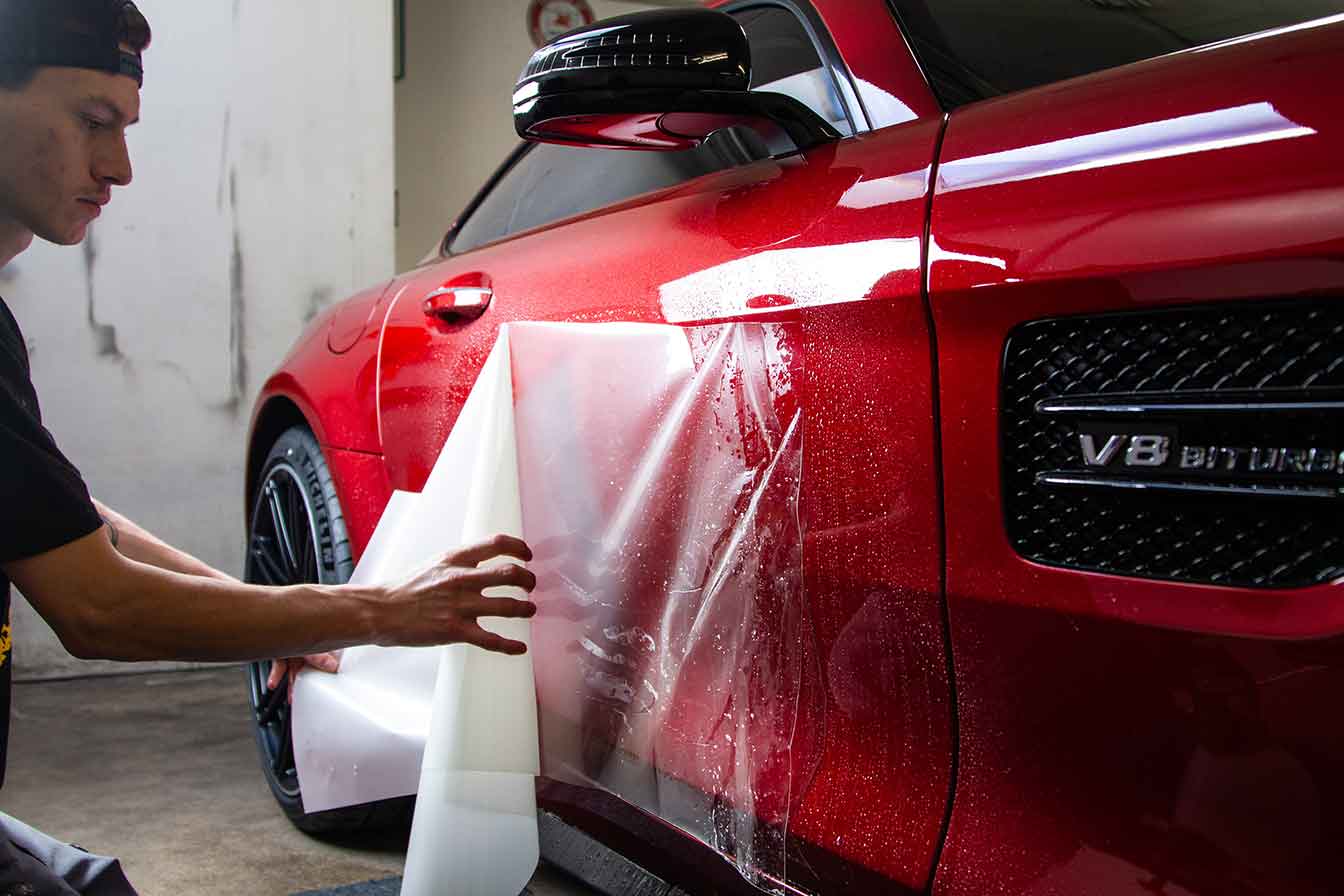Choose long-lasting ceramic coating Sarasota for a shiny finish.
Choose long-lasting ceramic coating Sarasota for a shiny finish.
Blog Article
A Comprehensive Overview to the Kinds Of Ceramic Coating on the Market
Ceramic finishes have actually become an essential remedy throughout various sectors because of their distinct buildings and applications. From silica-based solutions known for their effectiveness to hybrid choices that merge multiple advantages, the choices offered can be overwhelming. Understanding the nuances of each kind, including their specific advantages and ideal usage instances, is necessary for making informed choices. As we discover the unique features and applications of these layers, the implications for efficiency and long life become significantly evident, questioning regarding which kind may ideal match your demands.
Understanding Ceramic Coatings
Ceramic layers are advanced safety services that have gained popularity in different markets, specifically in automotive and aerospace applications. These coverings include a liquid polymer that, when treated, forms a sturdy, hydrophobic layer on the surface area of the substratum. This layer offers enhanced resistance to ecological impurities, UV radiation, and chemical direct exposure, thus expanding the life and aesthetic allure of the underlying material.
The basic part of ceramic coverings is silica, which adds to their hardness and durability. The application procedure normally entails surface area prep work, application of the finish, and curing, which can be accomplished through warmth or UV light. When cured, ceramic coverings display extraordinary bonding residential properties, allowing them to stick highly to a range of surface areas, consisting of metals, plastics, and glass.
Along with their safety functions, ceramic coverings likewise provide convenience of upkeep. Their hydrophobic nature minimizes the adherence of dust and grime, making cleansing easier and much less regular. On the whole, the fostering of ceramic coverings stands for a substantial improvement in surface defense innovation, offering both functional and visual benefits throughout several fields.
Sorts Of Ceramic Coatings
Various kinds of ceramic finishings are available, each created to meet specific efficiency requirements and applications - Car Detailing. The most common kinds consist of:
Silica-based Coatings: These finishes mainly are composed of silicon dioxide and are understood for their resilience and chemical resistance. They are widely utilized in automotive and industrial applications.
Titanium Dioxide Coatings: Distinguished for their photocatalytic properties, titanium dioxide finishings are usually applied in environments where self-cleaning and antifungal properties are preferable, such as in structure products and automotive surfaces.
Zirconia Coatings: Identified by their high-temperature security and thermal resistance, zirconia finishes are used in applications such as turbine engines and high-performance auto parts.
Alumina Coatings: Displaying exceptional solidity and thermal stability, alumina coverings are frequently used in wear-resistant applications, including reducing tools and industrial equipment. - scratch repair sarasota
Crossbreed Coatings: Incorporating the properties of various products, crossbreed coatings supply improved performance qualities, making them ideal for one-of-a-kind and demanding applications.
Each sort of ceramic finish offers distinctive functions, enabling individuals to choose one of the most appropriate service based upon specific environmental problems and efficiency needs.
Advantages of Ceramic Coatings
Coatings play a critical function in enhancing the efficiency and durability of surface areas throughout different markets. Ceramic coverings, in particular, deal various advantages that make them significantly preferred amongst makers and customers alike. Among the main benefits is their exceptional sturdiness. These finishings are resistant to scrapes, chemicals, and UV rays, making certain that the underlying surface remains protected with time.
Along with durability, ceramic coverings provide exceptional hydrophobic properties, enabling easy cleaning and maintenance. This water-repellent nature lessens the adherence of dirt, crud, and other contaminants, which can prolong the visual allure and functionality of the surface area. Additionally, ceramic coverings can significantly boost thermal resistance, making them excellent for applications that sustain high temperatures.

Application Refine
When using ceramic layers, a thorough approach is important to attain optimum results. A tidy surface ensures proper attachment of the click over here covering.
When the surface area is prepped, the next action is to apply the ceramic layer. The covering should be used in thin layers, as thicker applications can lead to irregular finishes.
After application, the finishing needs a details treating time, normally varying from a couple of hours to a complete day, depending on the product. Following these steps vigilantly will make best use of the effectiveness and durability of the ceramic layer, giving a durable protective layer for the surface area.
Maintenance and Durability
To guarantee the durability and effectiveness of a ceramic finishing, regular maintenance is vital. Ceramic coverings, understood for their resilience and safety top qualities, require specific treatment routines to optimize their life expectancy and efficiency.
In addition to normal cleaning, periodic inspections are important. Search for signs of wear or damages, such as hydrophobic residential or commercial properties reducing or surface flaws. If necessary, a light gloss may be related to invigorate the covering without stripping it away.
Additionally, the application of a booster spray can enhance the finishing's hydrophobic impacts and restore its gloss. This is particularly useful for coatings that have remained in use for an extensive duration. Inevitably, by sticking to these upkeep techniques, one can dramatically expand this post the life of a ceramic layer, ensuring that it continues to give ideal protection versus ecological aspects and preserve the aesthetic appeal of the automobile.
Conclusion

Report this page